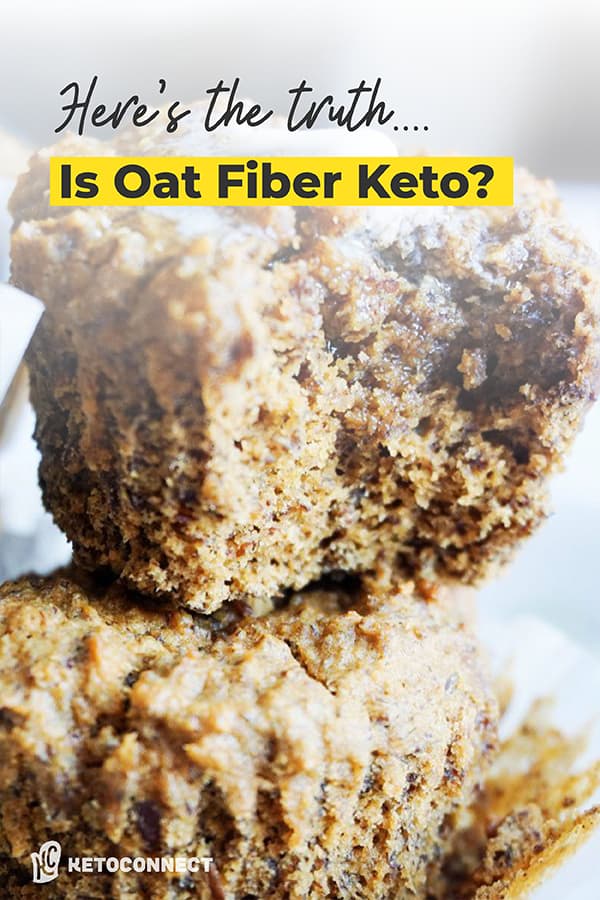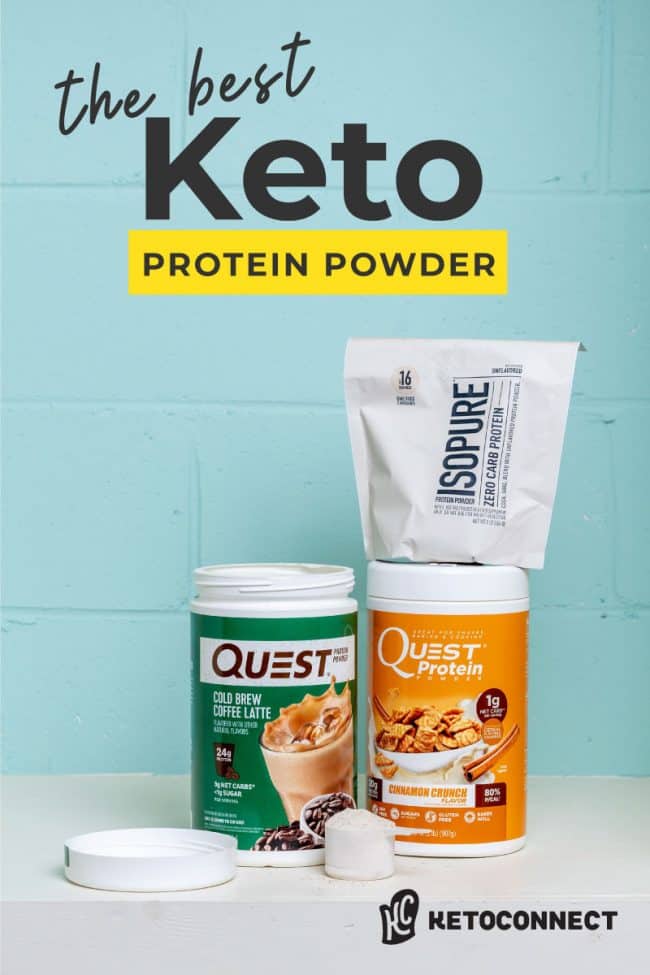Have you ever seen a keto product where the main ingredient was oat fiber? I’m sure you wondered what oat fiber is, and if it’s really keto. This article will breakdown everything from how oat fiber is made, to all the benefits of this magic ingredient. If you’ve considered making oat fiber part of your daily diet it’s best to know what goes into it first!
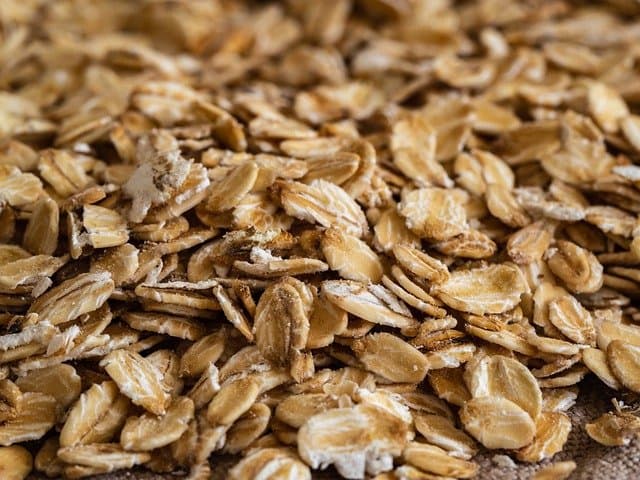
What is Oat Fiber?
An oat plant has four main parts: The plant as a whole, the single oat flower, the outside husk/ hull which is protected by the flower, and finally the inner groat. The groat is commonly used for oats, steel cut oats, oat flour, and other standard oat based products. Oat fiber however, is created by pulverizing the outer shell of the oat kernel/groat. This outer shell is the husk or hull inside of the oat flower (aka the third layer discussed above). Think of an oat plant like a Russian nesting doll with way too many layers!
While the groat is more commonly used in oat products, oat fiber uses the fibrous husk/ hull to make a powder that isn’t easily digested in the body. Thus creating an insoluble fiber that works well on a keto diet.
How is Oat Fiber Made
Oat fiber is made by picking and washing the oat plant so that it can dry and then be separated into parts. Harvesters remove the groat (oat kernel) from the husk and flower. This husk is then sent to be ground into a powder that becomes oat fiber.
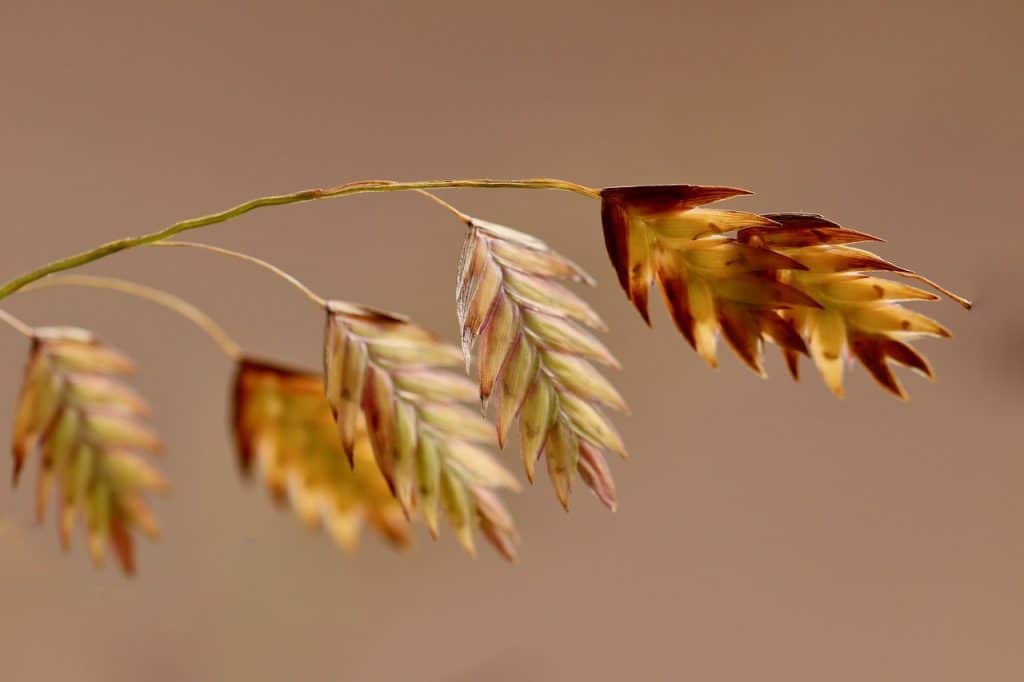
Is Oat Fiber Keto?
Oat fiber is 100% keto friendly. Oats are not keto friendly due to the insulin spike that comes with grains. Oat fiber on the other hand is made of insoluble fiber which is indigestible by the body. Indigestible fiber such as insoluble fiber does “not require insulin to digest”, therefore it will not spike your insulin as much as regular oats.
The main things we look for when deciding if a food can be keto is the blood glucose levels and insulin spike after eating. Oat fiber has not shown to have a large spike; if any in insulin. Plus per 4 gram serving oat fiber there are only 4 total carbs, and just 1 net carb! Therefore this magic oat fiber is totally keto thanks to its large insoluble fiber content.
Common Marketing for Oats and Oat Fiber
Have you gone to purchase a container of oats or oat fiber and seen words like non gmo and high in dietary fiber? While marketing can make buying a product confusing, we’ve broken down some basic marketing phrases and given you an easy way to pick out the truth.
The “Devil” Gluten
When you go to the store to purchase an oat product you’re bombarded with tons of marketing. “Non gmo, gluten free, high in dietary fiber”, ect. So what does it really mean for oats to be gluten free? Well, technically all oats are gluten free. However, not all oats are processed in gluten free facilities (a building where wheat flour isn’t processed). If you have celiacs disease it’s important to buy oats that say free from gluten, otherwise it’s really just marketing at its finest trying to sway you into buying their product.
Is Oat Fiber Gluten Free?
As we covered above oat fiber is gluten free. The oat plant itself is a grain, but it isn’t wheat or mixed with any form of gluten. Just make sure if you are celiac to purchase oat fiber that is processed in a certified gluten free facility.
Non-GMO
Non-GMO oat fiber and oat products in general is one term we do recommend hyping up. While it doesn’t really change the nutrient profile avoiding GMO’s is always a good idea. One SUPER important thing to note though is that, even GMO free products can still use a harsh chemical called glyphosate. Glyphosate is used to dry out products like oats, grains, peas, and corn for faster production. If you do have the means we recommend buying certified organic oat fiber because it will be free from this harsh chemical desiccant (here is a high quality oat fiber that’s organic). Organic farmers are not allowed to use glyphosate or round-up on crops.
There are tons of marketing hoaxes out there, but these are just a few terms to look out for when purchasing any oat based product.
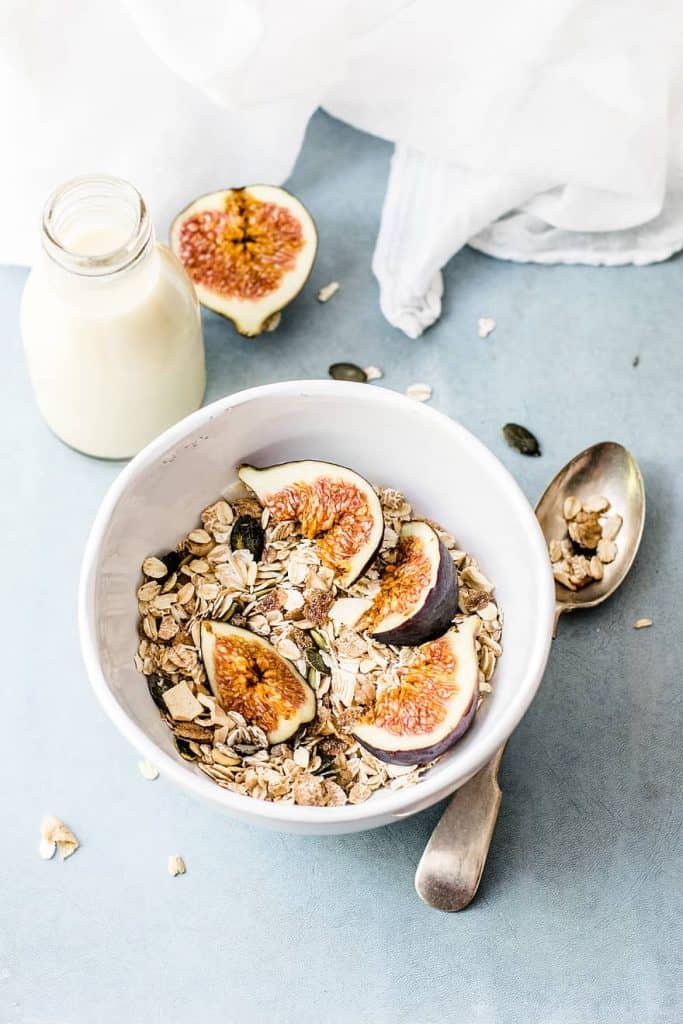
Benefits to Oat Fiber
Oat fiber doesn’t have a ton of vitamins and minerals because it does come from a grain, however it certainly has its fair share of other benefits.
Its High Fiber Content
There’s no denying oat fiber has a ton of insoluble fiber that will easily knock the U.S. dietary fiber guidelines out of the park. While fiber certainly isn’t necessary on a keto diet, increasing dietary fiber may help with constipation on keto. There are 3 grams of fiber per teaspoon of oat fiber, easily surpassing what you would get in a typical high sugar oat bran muffin.
As people age it maybe be more important to meet your daily fiber needs while doing a keto diet.
It’s Gluten Free
If you are sensitive to wheat based flour products, oat flour, oat bran, and oat fiber make great replacements. Oat fiber usually works best in conjunction with other keto flours like coconut and almond, but overall is a great substitution for those sensitive to wheat. Check out some recipes for baked goods we make below with oat fiber.
Fiber Feeds the Gut
Most people are starting to realize just how much good food and diet effect not just our bodies, but also our gut. The gut is known by many doctors as the second brain, so it’s important to keep your body in top shape as much as possible. Oat fiber “is understood to help slow blood glucose absorption and have a prebiotic effect”. Meaning the insoluble fiber in oats stimulates probiotic and prebiotic bacteria in the gut. While a grain base isn’t always the ideal fiber to use, oat fiber still does a great job at taking care of the body by feeding its gut health.
Keeping you Fuller Longer
If you’ve ever had a grain filled baked good, you know about 20 minutes later you’re hungry again. That’s because the grain based recipe doesn’t actually have enough fiber to blunt your hunger. Oat fiber is packed with 3 grams of fiber per TEASPOON! That means more regulated blood sugar levels and a baked good that actually satiates you.
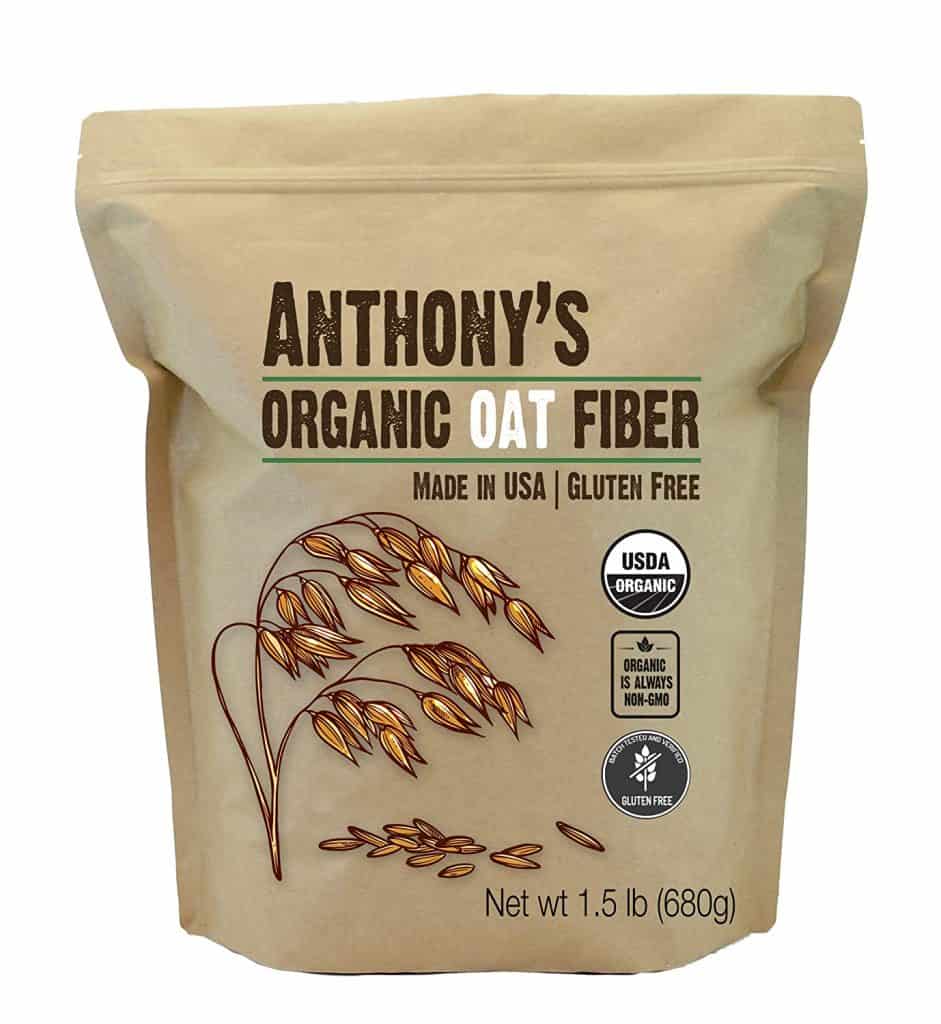
Oat Fiber vs. Other Fibers
Oat fiber is an insoluble fiber meaning it will bulk the stool up. Soluble fiber on the other hand, draws in water and helps to gel up the stool. Some specific oat fiber comparisons:
- Oat Bran– Oat bran is the outer shell of the kernel inside the husk. Oat bran has a lot less fiber than oat fiber, and is normally only used in small amounts inside of baked goods. Per serving (20 grams), the nutritional information of oat bran shows there are 3.5g fiber and 9.5g net carbs.
Soluble Fibers
- Psyllium Husk– Psyllium husk unlike oat bran is a low carb soluble fiber. It works well to keep baked goods moist because it gels up. Psyllium husk can also help keto recipes like pizza dough with their elasticity and chewy crust. It isn’t used alone just like oat fiber, but instead is combined with a small amount of grain free flour.
- Lupin Flour– Lupin flour is made from lupini beans and is also a rich source of fiber. Per 1/4 cup, the nutrition information shows there are 11 grams of fiber. However there is 12g total carbs which means there is just 1 net carb per serving. This bean based flour is also of the soluble variety meaning it will form a gel when digested. When looking for a low carb bread substitution or other ingredients you can use to bake with try lupin flour.
These are just a few fiber sources, but some of the most comparable to oat fiber. This is because all will work great for baking and are relatively low in calories. Lupin flour and psyllium husk are great ingredients to use in low carb recipes. They create a gluten like texture without all the calories and carbs.
For more commonly asked about foods, read our “Is It Keto” guides to oat milk, honey, mushrooms, beets, popcorn, and more items covered in our guide to the ketogenic diet.
Using Oat Fiber in Keto Recipes
Now that we’ve discussed some ingredients that can be compared to oat fiber, it’s time to talk about cooking with fiber. Baking a keto food such as bread with non-traditional ingredients can pose a few issues. When you order bread you expect a crusty, chewy, risen loaf. However recipe ingredients like almond flour and coconut flour lack that chewy texture when baked. A good way to get that ideal bread-y texture is to add a bit of oat fiber.
This new health food; oat fiber will help to make your recipe authentic in both taste and texture. For recipes oat fiber can be used in conjunction with almond flour to get your ideal chewy; non crumbly texture. Or if trying to substitute oat fiber for oat flour you will need 1/4 cup oat fiber in place of each 1 cup of regular flour. While oat fiber may be more absorbent that doesn’t mean you can’t adjust your favorite recipes to include this high fiber food.
Keto Oat Fiber Recipe Ideas
If you’ve wanted to try a baked item made with oat fiber, we got you covered. Try our:
- Keto Protein Cake– We add a bit of fiber into our protein cake so you get a fluffy cake that isn’t dry and crumbly. Our recipe even comes with a frosting recipe, so you can have food that tastes better than when you order it from a bakery.
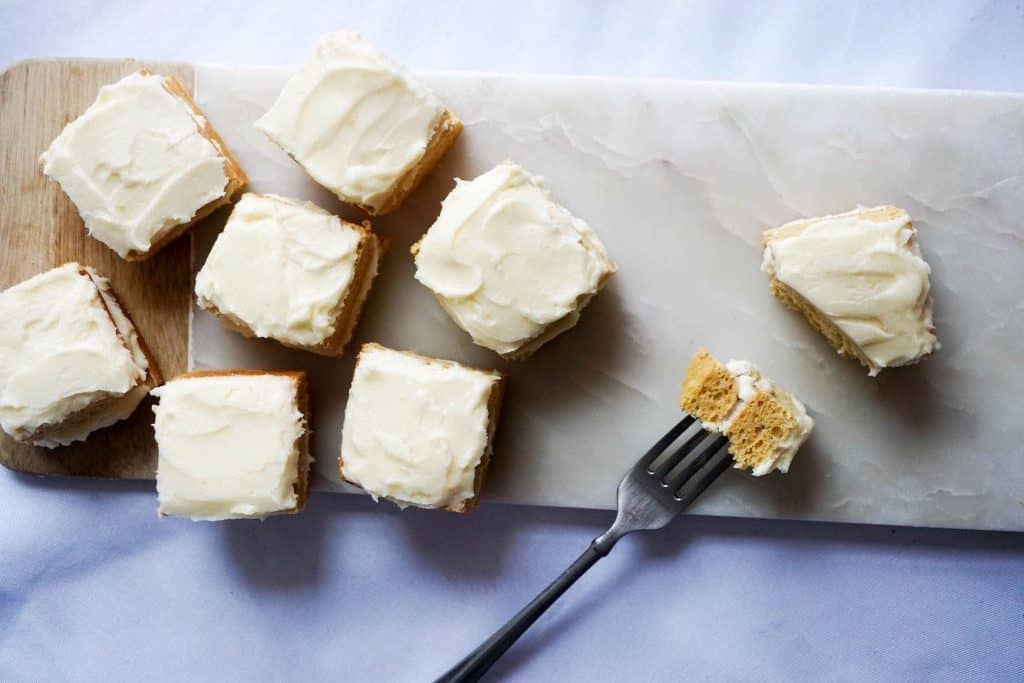
- Low Carb High Fiber Muffins– Each of these high fiber muffins have just over 14 grams of fiber! There are not many foods, especially keto ones that will get you that much fiber per serving. These are sweet, buttery, and cinnamon-y. Bakers beware this item may be addicting!
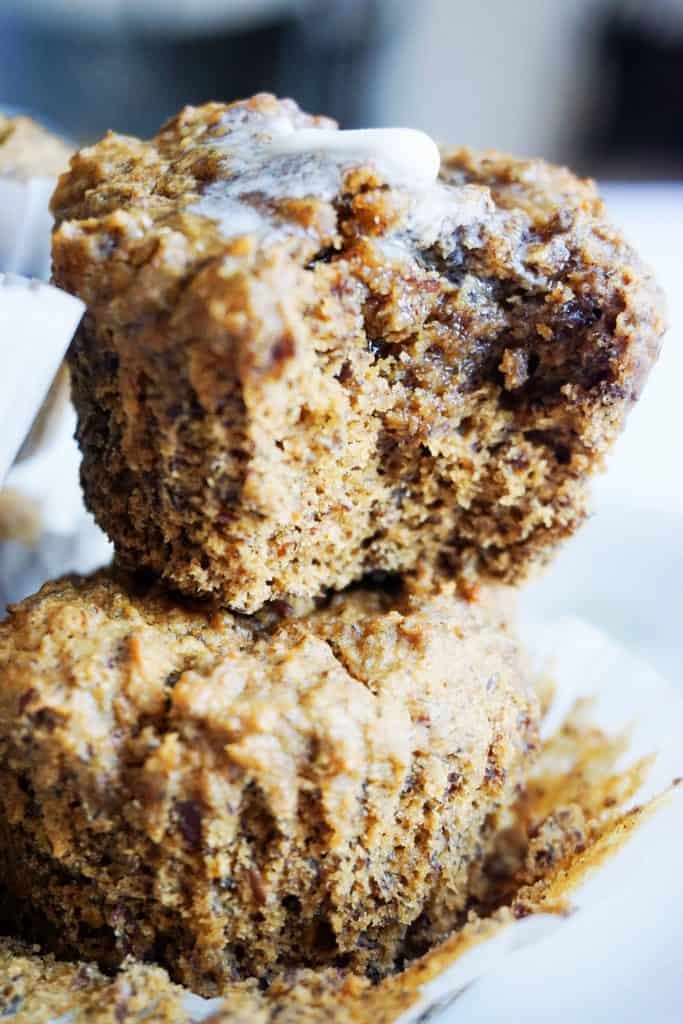
There are tons more recipes out there with oat fiber and we recommend you go looking, because this high fiber ingredient makes the perfect addition to all keto baked goods!
